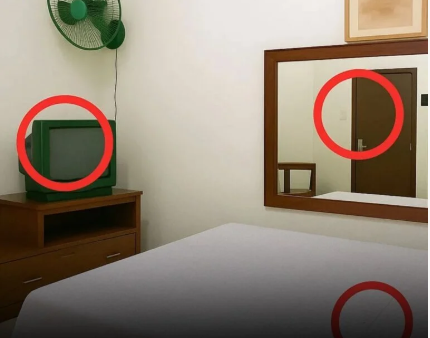Garlic is a kitchen staple celebrated for its immune-boosting and culinary prowess, but did you know it could also brighten your smile? Beyond its pungent aroma, garlic offers unexpected benefits for dental care, particularly in supporting natural teeth whitening. While it won’t replace your toothbrush or professional treatments, this humble bulb might just be a powerful ally for a healthier, more radiant smile.
How Garlic Brightens Your Smile
The magic lies in allicin, a potent antibacterial compound released when a garlic clove is crushed or chopped. Allicin targets plaque and tartar—two major culprits behind tooth discoloration—by reducing harmful oral bacteria. According to a 2019 study published in the Journal of Clinical Dentistry, compounds like allicin can decrease bacterial growth in the mouth by up to 50%, promoting a cleaner oral environment.
Garlic’s natural antibiotic properties don’t stop there. They help combat Streptococcus mutans, a primary bacteria linked to cavities and staining. Its anti-inflammatory effects also support gum health, preventing conditions like gingivitis, which can lead to receding gums and expose darker tooth roots. By keeping your mouth healthier, garlic indirectly enhances the brightness of your teeth.
How to Use Garlic for Teeth Whitening
Ready to give garlic a try? Here’s a simple, dentist-approved method to incorporate it into your oral care routine:
- Crush a Clove: Finely crush one fresh garlic clove to release allicin.
- Make a Paste: Mix with a pinch of salt to reduce acidity and add mild abrasion for stain removal.
- Apply Carefully: Use a clean fingertip or cotton swab to apply the paste to your teeth, avoiding gums to prevent irritation.
- Wait Briefly: Leave the paste on for no more than one minute to minimize enamel risk.
- Rinse Thoroughly: Rinse with water, then brush with fluoride toothpaste to remove garlic residue and protect enamel.
- Frequency: Use this method once a week to avoid overexposure.
Safety First: Precautions to Consider
While garlic offers dental benefits, it’s not without risks. Its natural acidity can erode enamel if overused, leading to sensitivity or damage. The American Dental Association (ADA) warns that abrasive or acidic home remedies should be used sparingly and never as a substitute for professional care. To stay safe:
- Limit Use: Stick to once-weekly applications to protect enamel.
- Monitor Sensitivity: Stop immediately if you experience discomfort or tooth sensitivity.
- Consult a Dentist: Before trying garlic, discuss it with your dentist, especially if you have existing dental issues or restorations like crowns.
- Maintain Routine Care: Continue brushing twice daily with fluoride toothpaste, flossing, and visiting your dentist regularly.
Garlic’s strong odor is another consideration. Rinse with a mouthwash like Listerine after use, and avoid this remedy before social events to keep your breath fresh.
Why Garlic Works—But Isn’t a Miracle Cure
Garlic’s role in oral health is promising but supplementary. A 2022 review in Frontiers in Microbiology highlighted allicin’s ability to disrupt bacterial biofilms, which contribute to plaque. However, it’s not a standalone solution. Professional whitening treatments, like in-office bleaching or custom trays, remain the gold standard for dramatic results, with studies showing up to 8-shade improvements in tooth color (ADA, 2023). Garlic, by contrast, supports gradual brightening by maintaining a cleaner mouth.
For best results, combine garlic with other natural allies like baking soda (used sparingly) or a diet rich in crunchy fruits and vegetables, such as apples and celery, which naturally scrub teeth. Drinking water after coffee or red wine also helps prevent stains.
Take the Next Step for a Brighter Smile
Garlic might not replace your whitening strips or dental visits, but its antibacterial and anti-inflammatory properties make it a quirky, budget-friendly addition to your oral care arsenal. Curious to try it? Start with the method above, and track your results over a month. For broader oral health, consider these tips:
- Eat for Your Teeth: Foods high in calcium (like yogurt) and phosphorus (like fish) strengthen enamel.
- Use a Straw: Minimize staining from beverages like tea or soda.
- Invest in a Sonic Toothbrush: Electric brushes remove 21% more plaque than manual ones, per a 2024 Journal of Dental Research study.
- Schedule a Cleaning: Professional cleanings every six months keep tartar at bay.
Garlic’s dental benefits may surprise you, but they’re rooted in science and centuries of traditional use. Embrace this pungent ally cautiously, and you might just smile a little brighter.
Have you tried natural remedies like garlic for teeth whitening? Share your experience or favorite dental tips in the comments below!



